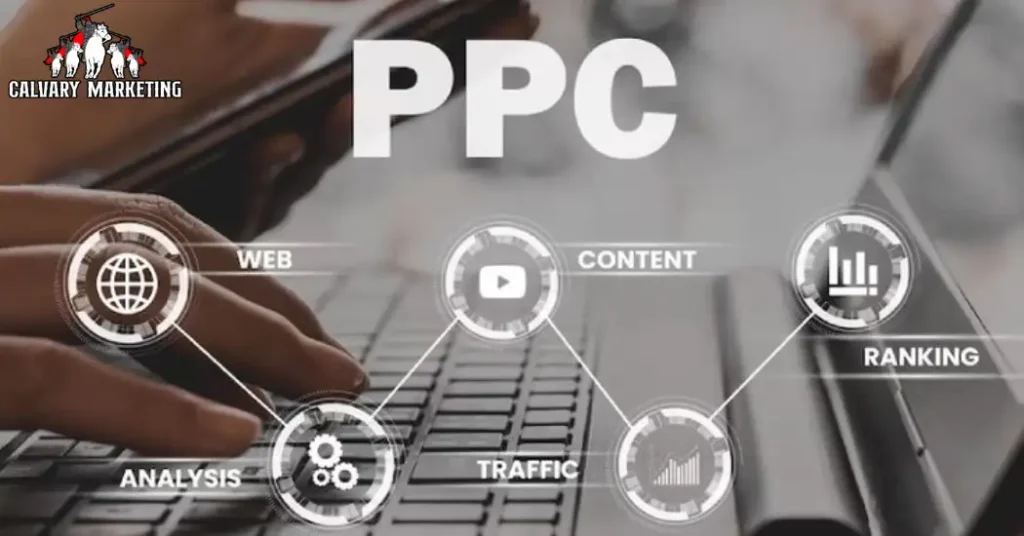Crush the Competition with SEO for Video: Dominate Rankings and Drive Clicks
Video content is powerful—but only if people actually see it. With SEO for video, you make sure your content gets discovered, indexed, and ranked by search engines. That means more visibility, more traffic, and more leads.







